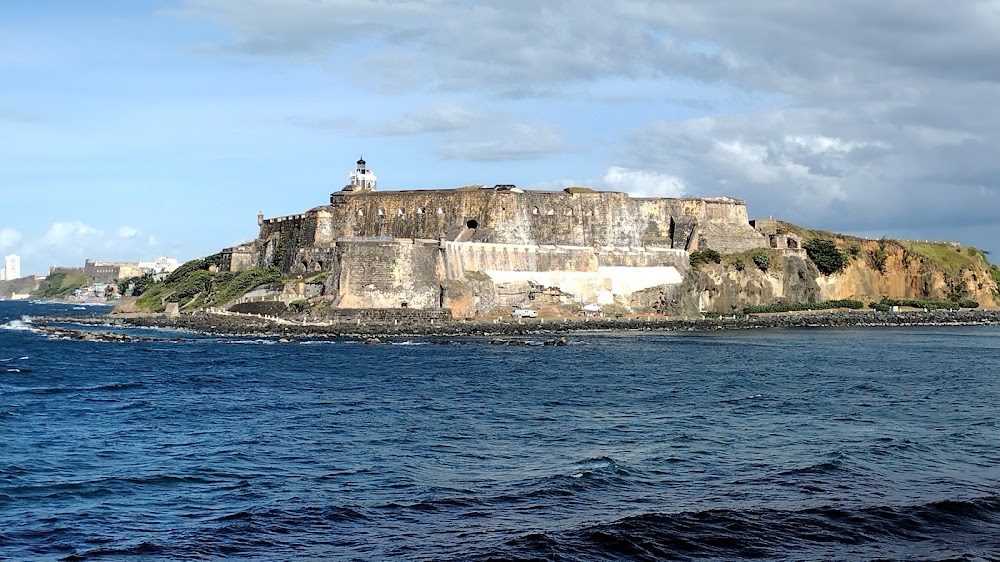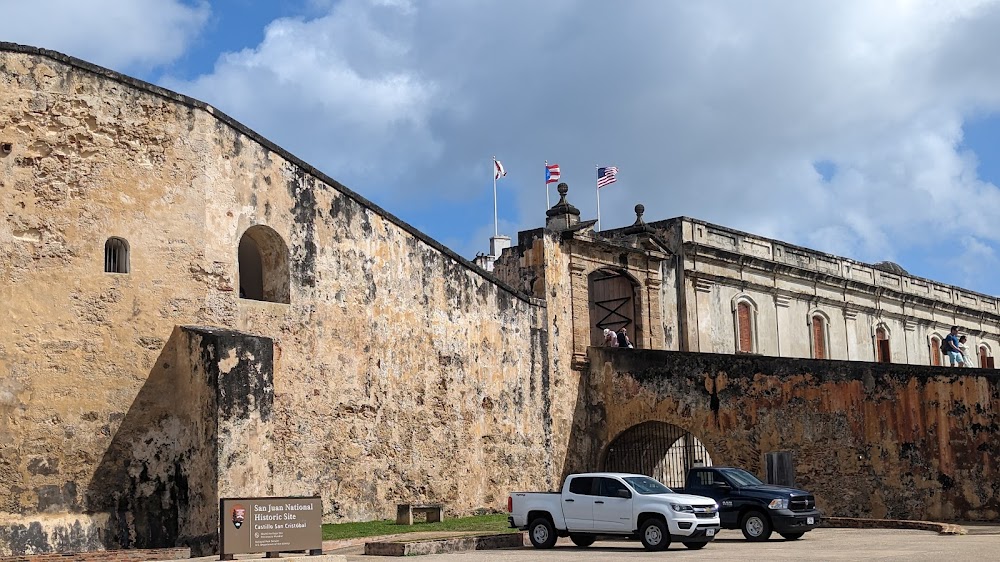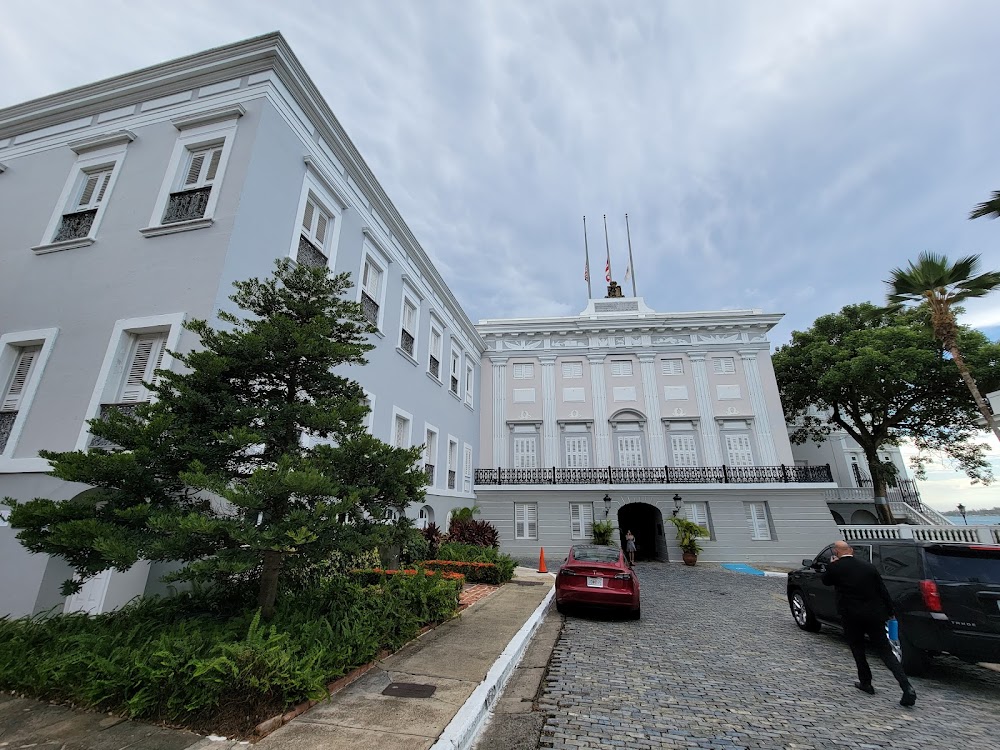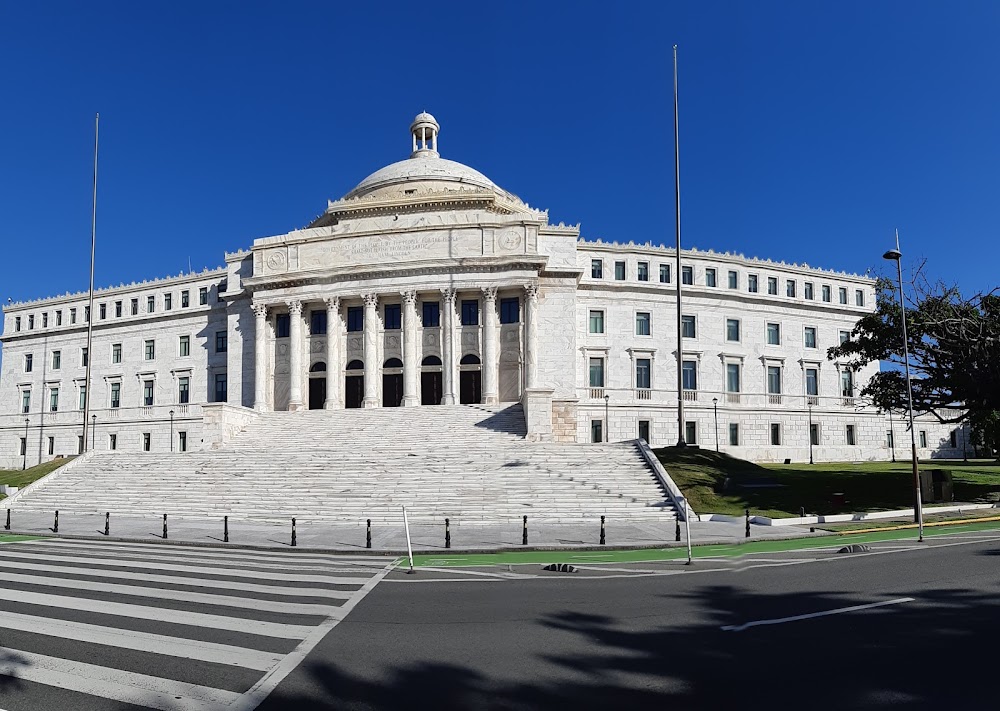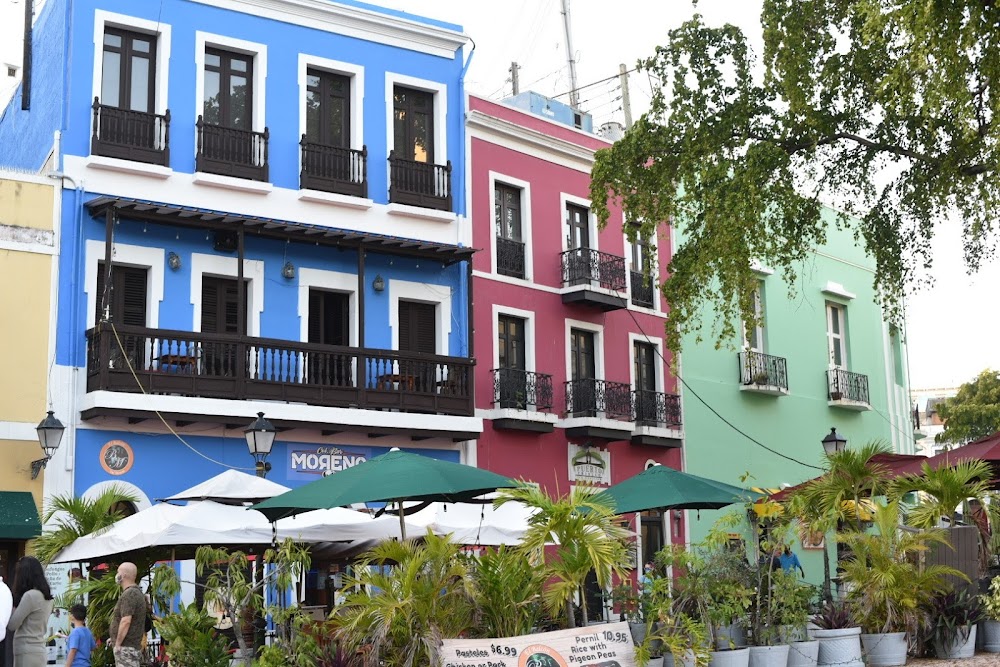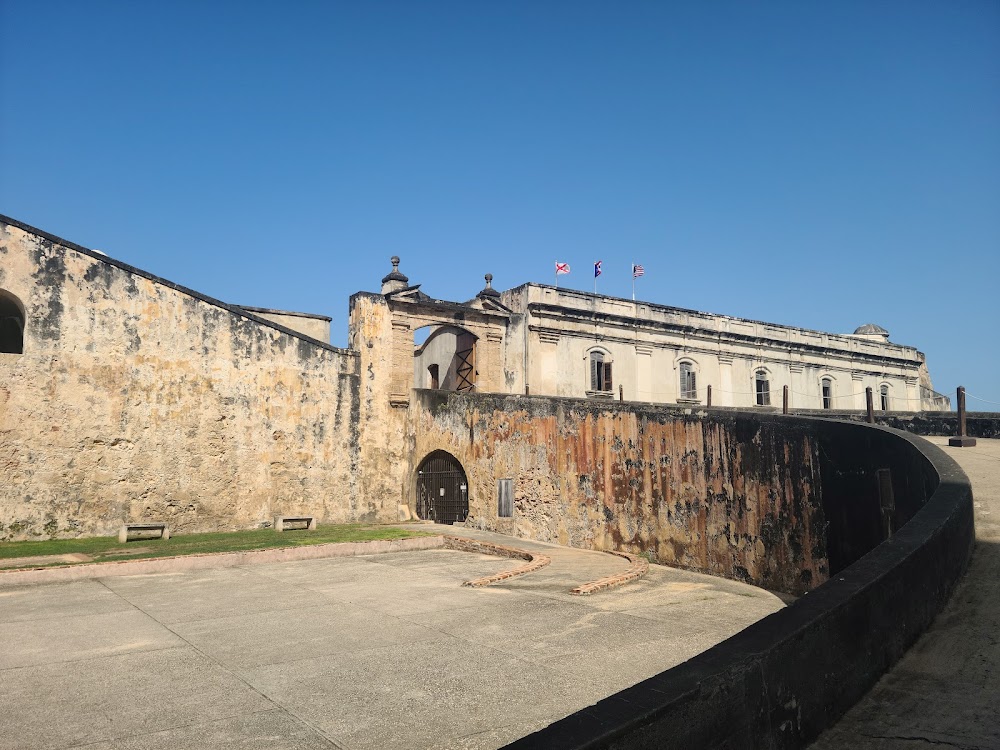San Juan National Historic Site (Sitio Histórico Nacional de San Juan)
Overview
San Juan National Historic Site is a **magnificent and historically rich destination** located in the heart of San Juan, Puerto Rico. This site embodies centuries of historical significance, showcasing some of the best-preserved fortifications in the Americas. It offers visitors an immersive experience into the island's colonial past, making it a must-visit for history enthusiasts and casual travelers alike.
The site is home to **iconic fortresses** such as Castillo San Felipe del Morro, Castillo San Cristóbal, and the impressive city walls of San Juan. These structures were primarily constructed by the Spanish as defensive measures against naval attacks, aimed at protecting the city and its valuable harbor.
**Castillo San Felipe del Morro**, often referred to as El Morro, stands majestically on a high promontory overlooking the Atlantic Ocean. Construction began in 1539 and continued for nearly 250 years as threats evolved, necessitating additional defenses. This fortress is a remarkable testament to the architectural ingenuity and strategic foresight of the Spaniards, characterized by its thick walls, vast grounds, and breathtaking ocean views.
To further bolster the city's defenses, **Castillo San Cristóbal** was built between 1634 and 1790. Occupying 27 acres, it is one of the largest fortresses ever constructed in the New World. San Cristóbal is notable for its complex design, featuring various levels of defense, tunnels, and fortified walls, which made it a formidable barrier against invaders and effectively safeguarded San Juan from potential attacks.
The **city walls of San Juan**, stretching over three miles, played a pivotal role in transforming the city into a fortified stronghold. These walls were constructed over several decades, beginning in the early 16th century and culminating in the late 18th century. Some sections reach heights of up to 40 feet and thicknesses of 20 feet, encircling the city and creating an impenetrable fortress capable of withstanding sieges and assaults.
The labor-intensive process of building these fortifications required the expertise of architects, engineers, and a diverse labor force, including enslaved individuals, indigenous workers, and Spanish soldiers. Materials like sandstone were transported from nearby quarries, with notable engineers such as Juan Bautista Antonelli overseeing the construction. These buildings demanded constant maintenance and adaptations to keep pace with emerging military technologies and evolving threats.
In 1949, San Juan National Historic Site was designated a **National Historic Landmark** and later integrated into the U.S. National Park System. Its preservation is vital, symbolizing Puerto Rico's historical journey and showcasing the island's strategic importance from the Spanish colonial period to the present day.
Today, San Juan National Historic Site draws visitors from around the globe, eager to explore its impressive architecture and delve into its storied past. Guided tours provide an in-depth look at the site's history, architectural features, and the many battles fought on its grounds. The site also hosts engaging cultural events, reenactments, and educational programs that celebrate Puerto Rico's rich heritage.
Ultimately, **San Juan National Historic Site** serves as a poignant reminder of Puerto Rico's significant role in the colonial history of the Caribbean and the Americas. Its well-preserved structures stand as a legacy of Spanish engineering and as symbols of resilience and historical grandeur.


